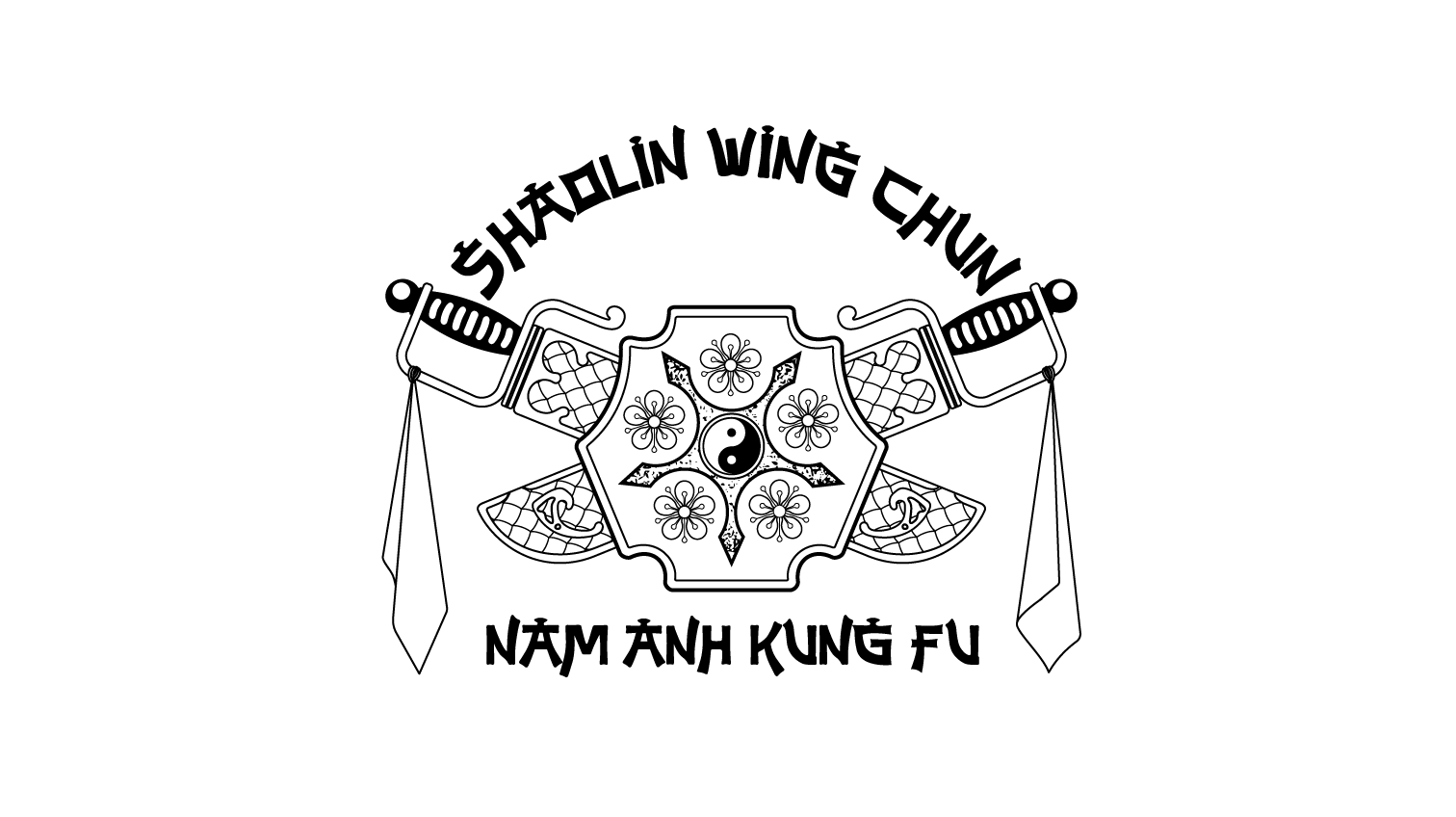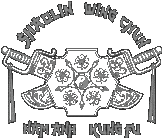The schools of Kung Fu coming from the Shaolin system are particularly distinguished by the practice of the 5 forms of combat associated with 5 animals. Each shape expresses a specific force, as well as characteristic movements of the animal that can be distinguished by the hands, fingers and movements. Attack and defense techniques are also specific to each style of the animal and associated with the qualities that accompany them.
According to Taoist philosophy, the learning of these forms is carried out from yang to yin, that is to say from the powerful force of the tiger to the absolute flexibility of the serpent. All the more so as practitioners of Shaolin Kung Fu associate the theory of the 5 elements with the 5 animals of the system. Indeed, the knowledge of the five animals allows them to develop effective techniques in combat, because any fight is equivalent to a riddle to which it is necessary to find the answer.
The theory of yin-yang and the theory of 5 elements are the basis of oriental medicine. Taoist science associates the 5 elements with different organs of the body, all being energetically interconnected by a constructive cycle and a destructive cycle. The practice of oriental medicine aims to improve the circulation of energy and blood in the body for better health.

Tiger
The tiger is the largest wild cat, and in Eastern culture it is considered the king of the jungle for its great power and ferocity. The tiger quyên is distinguished by its square movements and its attacks using direct force. The tiger favors attacks with the fists, claws, forearms, elbows and shins. This quyên is taught to the beginner because the fundamental quality that must have the practitioners of martial arts is courage. Representing the yang among the 5 animals of the Shaolin temple, it is one of the easiest quyên to learn and to apply in the exchange of techniques.
Leopard
The leopard is a solitary, opportunistic feline, as well as a large, stealthy predator. The leopard’s quyên is distinguished by its fluid movements, varying heights, and in slender positions. The leopard favors attacks with the knees, shins, feet, as well as with the joints located between the first and second phalanges. His attacks are unpredictable in nature, as he uses cunning to hit the opponent with precise blows relying on circular force. In order to benefit from the elasticity of the tendons, the practitioner must keep his joints flexible in order to release the force. The quality that is attributed to the leopard is sagacity.
Crane
The crane is a large, graceful bird with long legs, large wings, and a long, pointed bill. The quyên of the crane is distinguished among other things by its elegance. She uses a combination of speed and extension of her limbs to develop wave force, as well as lateral movement to deflect attacks and place punches. The crane favors attacks with the elbows, forearms, hands, feet and knees. Crane hand techniques are used for hitting, slicing, poking, pulling and pushing. It is also known for its great stability, hence its position on one leg. His practice allows for quick kicking and use of the legs to block and deflect low attacks. The quality attributed to it is self-control.
Dragon
The dragon is a legendary creature of Chinese civilization represented by a gigantic reptile with wings and legs armed with claws. According to many mythologies, it is a sign of might and power. The dragon quyên is distinguished by its dragon claw hand technique, as well as the harmony that reigns between its strength and flexibility. His attacks are based on solidity and release a vibratory force to neutralize the opponent by grabbing and breaking his limbs. The dragon favors attacks with the head, shins, knees, hands and fingers. His kicks are powerful and generally low. The qualities attributed to it are solidity and firmness.
Snake
The snake is a formidable reptile devoid of legs which represents fluidity and speed. The serpent’s quyên is distinguished by its absolute flexibility. His attacks are extremely fast and precise, targeting vital points in the opponent’s body with the tips of the fingers. The force exerted by the serpent relies on internal energy, chi. Representing yin among the 5 animals of Shaolin, it is the most difficult quyên to learn, but when mastered, it becomes a formidable combat weapon. The qualities attributed to it are flexibility and diplomacy.

